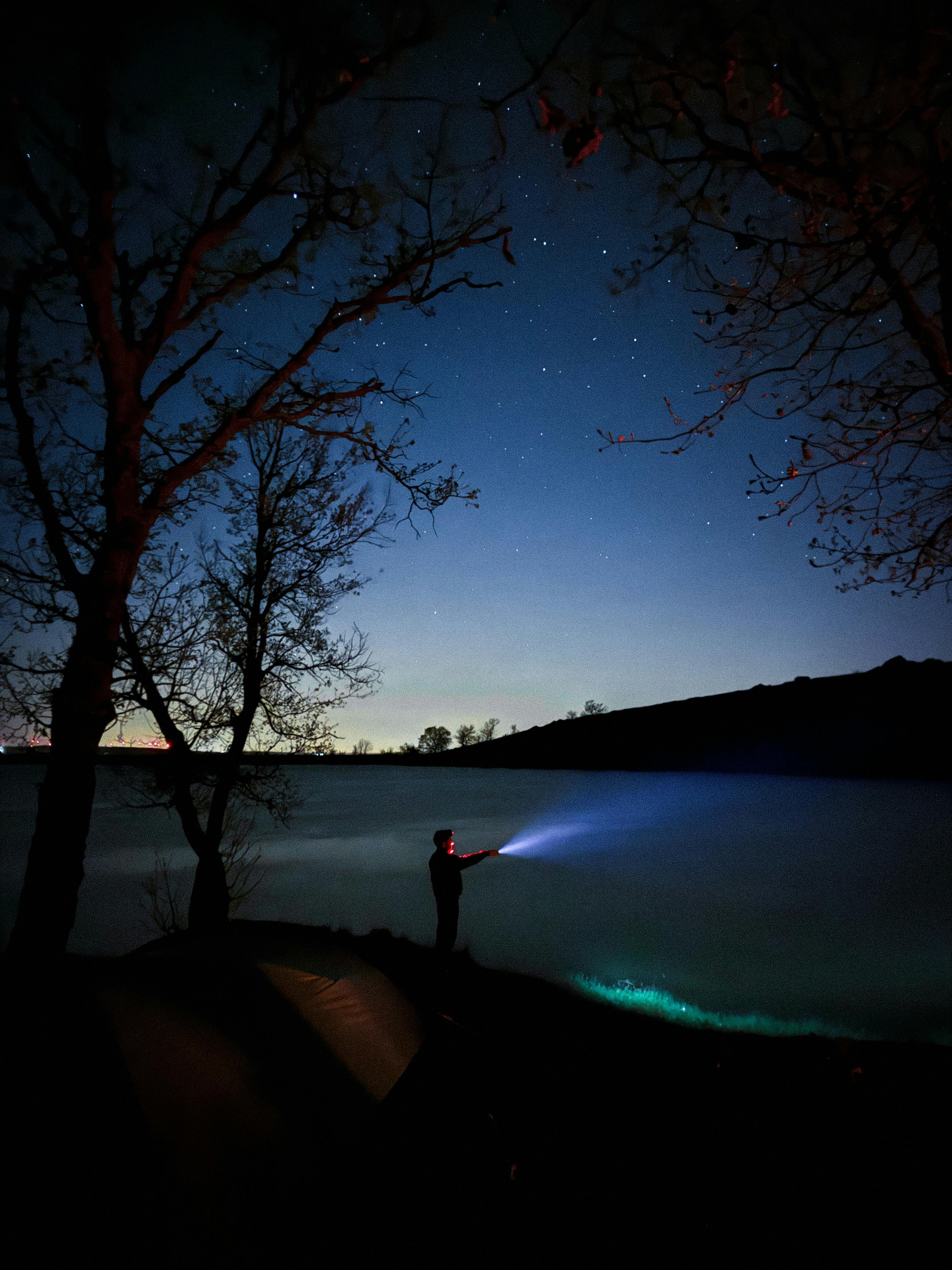How AI is Changing What it Means to Be a Marketer

Zach Chmael
Head of Content
13 minutes
Don’t Feed the Algorithm
The algorithm never sleeps, but you don’t have to feed it — Join our weekly newsletter for real insights on AI, human creativity & marketing execution.
Execution is the New Creativity: How AI is Changing What it Means to Be a Marketer
Let's be honest: marketing has a process problem.
We've built systems so d*mn bloated and convoluted that most marketers spend their days drowning in spreadsheets, status meetings, and approval chains instead of actually creating meaningful work.
The average marketing team wastes 62% of their time on administrative tasks and coordination—that's three entire days a week spent on process instead of progress.
Is it any wonder that marketing has one of the highest burnout rates of any profession?
Or that the average CMO tenure has shrunk to just 40 months?
We've created a world where marketers are quite literally spending more time managing marketing than actually doing marketing.
But a fundamental shift is happening.
Artificial intelligence isn't just another tool in the marketing stack—it's transforming what it means to be a marketer entirely.
Just as technological revolutions have transformed other creative fields, AI is redefining the boundaries between strategy and execution in ways that will separate tomorrow's marketing leaders from those left behind.
When Tools Change, Roles Transform
Technology has always shaped creative professions, often in ways that initially seemed threatening but ultimately expanded human potential.
When digital photography emerged in the late 1990s, many professional photographers resisted the transition. They viewed film as the "real" medium and digital as a cheap imitation that would devalue their craft… and their concerns weren't entirely unfounded—early digital cameras couldn't begin to match film's quality or range.
But something unexpected happened.
As digital technology improved, it didn't replace the photographer's eye or creative vision. Instead, it eliminated many technical constraints, allowing photographers to experiment more freely, see results instantly, and produce more work without the limitations of film costs and darkroom hours.
The best photographers didn't use digital to cut corners—they used it to push boundaries.
They channeled the time and energy previously spent on technical limitations into creative exploration instead.
See where I'm going with this? Stay with me.
The Marketing Execution Crisis
Today's marketing teams are trapped in a paradox: we have more tools than ever before, yet less time to actually create.
Look at any marketing department and you'll see the same pattern:
Endless tools that don't talk to each other
Approval processes designed for control, not speed
Meeting calendars so packed that actual work happens after hours
Content backlogs that never seem to shrink
Strategy decks that are more aspirational than operational
The gap between marketing strategy and execution has never been wider.
We're great at planning, terrible at doing. Brilliant at ideating, abysmal at implementing.
This isn't just inefficient—it's soul-crushing.
Marketers didn't sign up to be project managers, spreadsheet jockeys, and meeting attendees (at least I didn't). They signed up to create meaningful connections between brands and people.
It's no wonder that 61% of marketers report feeling burned out, and 67% are actively considering leaving their jobs. The creativity that drew them to marketing in the first place has been buried under administrative burden.
Technology was supposed to solve this problem. Instead, it's often made it worse by adding more complexity, more tools, and more things to manage.
Until now.

The Parallel with Photography: When Technology Transforms Art
To understand how profoundly AI will change marketing, it's worth looking at how similar technological shifts have transformed other creative fields.
I told you to stay with me and it would all make sense.
Flip back again to the late 1990s… many photographers viewed digital with skepticism or outright hostility. Film was the "real" medium; digital was merely the cheap imitation.
Early digital cameras simply couldn't match film's quality, dynamic range, or tangible character.
But as the technology evolved, so did the medium. Digital didn't replace the photographer's eye or artistic vision—it eliminated technical constraints, freeing photographers to focus more on creativity and less on process.
Annie Leibovitz, who built her legendary career on film, embraced digital fully.
Why? Because it expanded her creative control: "I'm not anti-anything," she explained. "I'm pro what works better."
The best photographers didn't use digital to cut corners—they used it to create more. They spent less time in darkrooms and more time exploring creative concepts, connecting with subjects, and refining their distinctive style.
The result wasn't less artistic photography—it was more.
The technical ceiling of what was possible increased dramatically, allowing for new artistic heights.
We're about to see the same thing happen with AI in marketing.
What AI Changes About Marketing
AI is doing for marketing what digital did for photography—eliminating execution barriers so that creativity and strategy can flourish.
This shift is reshaping what it means to be a marketer in three fundamental ways:
1. From Production to Direction
Traditional marketing requires marketers to be both strategists and producers—they develop the vision and then spend most of their time executing it. A social media manager might spend 20% of their time on strategy and 80% on production: writing posts, designing images, scheduling content, and monitoring performance.
AI transforms this balance by handling the production aspects at scale. The modern marketer becomes a director of their vision rather than an operator of tools. They focus on setting strategic direction, defining brand voice, and guiding the execution that AI enables.
This isn't just delegation—it's amplification.
Just as a film director achieves their vision by orchestrating specialists rather than personally operating every camera, the AI-enabled marketer achieves greater impact by directing AI systems and specialized talent rather than personally creating every asset.
2. From Volume Constraints to Creative Exploration
Traditional marketing is limited by production capacity. Creating ten different campaign approaches or fifty headline variations simply isn't feasible when humans must manually produce each one.
AI removes these constraints, enabling marketers to:
Test multiple creative directions simultaneously
Personalize content for various audience segments
Optimize messaging based on real-time feedback
Scale successful approaches without scaling effort
This doesn't mean creating more noise. It means having the capability to explore more paths to find the signal—to discover what truly resonates through experimentation rather than gut instinct alone.
3. From Technical Operator to Strategic Thinker
As marketing tools proliferated, marketers increasingly became technical specialists: the Facebook Ads expert, the email marketing wizard, the SEO guru. Their value was tied to platform-specific knowledge and technical execution skills.
AI democratizes these technical capabilities, shifting the marketer's value from tactical execution to strategic thinking, creative direction, and human connection. The most valuable marketers aren't those who can execute specific tactics flawlessly—they're those who understand people deeply and can translate that understanding into compelling strategies that AI can help execute.
Similarly, the most successful marketers in the AI era will be those who:
Leverage AI for execution without letting it dictate strategy
Channel freed-up resources into deeper customer understanding and creative thinking
Maintain brand authenticity while scaling personalization and experimentation
From Darkroom to Digital to AI
The parallels between photography's evolution and marketing's transformation are striking.
In both cases, technology didn't replace the human element—it amplified it by removing mechanical constraints and expanding creative possibilities.
The transition wasn't always smooth.
Many photographers resisted digital, clinging to the romance of film and darkrooms. Some insisted the "soul" of photography would be lost.
Today, similar concerns exist about AI in marketing.
But the reality? The best photographers didn't become less artistic with digital—they became more so. They maintained their distinctive eye while embracing new possibilities.
The technology became invisible, and the vision took center stage.
We believe great marketing with AI will follow the same path. The technology will fade into the background, while human strategy, creativity, and connection will become more important than ever.

Execution is the New Creativity
In the film era, a photographer's creativity was often constrained by execution limitations. In the digital era, execution became easier, which meant creativity could flourish without technical barriers.
In traditional marketing, creativity has often been constrained by execution capabilities. With AI, execution barriers are falling, which means creativity can now be fully expressed without being limited by production capacity.
When you remove execution constraints, creativity isn't diminished—it's unleashed.
This is why execution is the new creativity in marketing. Not because execution matters more than ideas, but because the ability to execute flawlessly at scale is what allows truly creative ideas to reach their potential.
Just as the best photographers didn't use digital to be lazy but to push boundaries, the best marketers won't use AI to cut corners.
They'll use it to elevate their work—to focus more on strategy, creativity, and connection rather than spreadsheets, status updates, and mechanical production.
The Inflection Point Is Now
We're at a pivotal moment in marketing history—similar to when photographers faced that transition from film to digital.
Those early days of digital photography were messy. The quality wasn't always there. Workflows had to be reimagined. Skills that had taken decades to perfect suddenly seemed less relevant. Many professionals resisted, clinging to familiar methods and processes they'd mastered.
But those who adapted early—who saw digital not as a threat but as an expansion of their creative toolkit—gained tremendous advantages.
They weren't constrained by film costs or darkroom time. They could experiment more freely, iterate more quickly, and connect with wider audiences.
Marketing stands at the same inflection point with AI today.
The transition won't be without challenges. There are legitimate questions about authenticity, over-automation, and maintaining the human touch. But the trajectory is clear: AI will reshape marketing execution just as profoundly as digital transformed photography.
The question isn't whether this shift will happen, but how we'll respond to it.
Will we cling to the marketing equivalent of darkrooms and film canisters—manual processes, disconnected tools, and execution bottlenecks that drain creative energy?
Or will we embrace the expanded possibilities that AI offers, using it to eliminate mechanical tasks, accelerate execution, and focus our talents on the strategic and creative work that truly matters?
Grow Like You Give a Sh*t
Great marketing has never been about burning out teams with endless tasks, meetings, and manual processes. It's about creating meaningful connections between brands and people—at scale and with consistency.
AI gives us the opportunity to do marketing in a way that's not just more effective, but more humane. To build systems that execute flawlessly without grinding people down. To create marketing operations that enable creativity rather than stifling it under administrative burden.
This is what it means to grow like you give a sh*t—to build marketing that's not just powerful, but sustainable.
Marketing that values excellence in both strategy and execution. Marketing that treats people—both customers and team members—as humans, not data points or cogs.
The future belongs to marketing leaders who understand that execution is the new creativity—not because ideas matter less, but because bringing ideas to life matters more than ever.
TL;DR
📸 The transition from film to digital didn't make photography less creative—it freed photographers from technical constraints to focus more on vision and artistic expression
🤖 AI is having the same transformative effect on marketing, eliminating execution barriers and allowing marketers to focus more on strategy and creativity
🔄 Just as the best photographers embraced digital to push creative boundaries rather than cut corners, the best marketers will use AI to elevate their work, not replace their thinking
🚀 The marketer's value is shifting from tactical execution to strategic direction—orchestrating both AI and human talent to achieve a cohesive vision
💡 Execution is the new creativity not because execution matters more than ideas, but because flawless execution at scale is what allows truly creative ideas to reach their full potential




